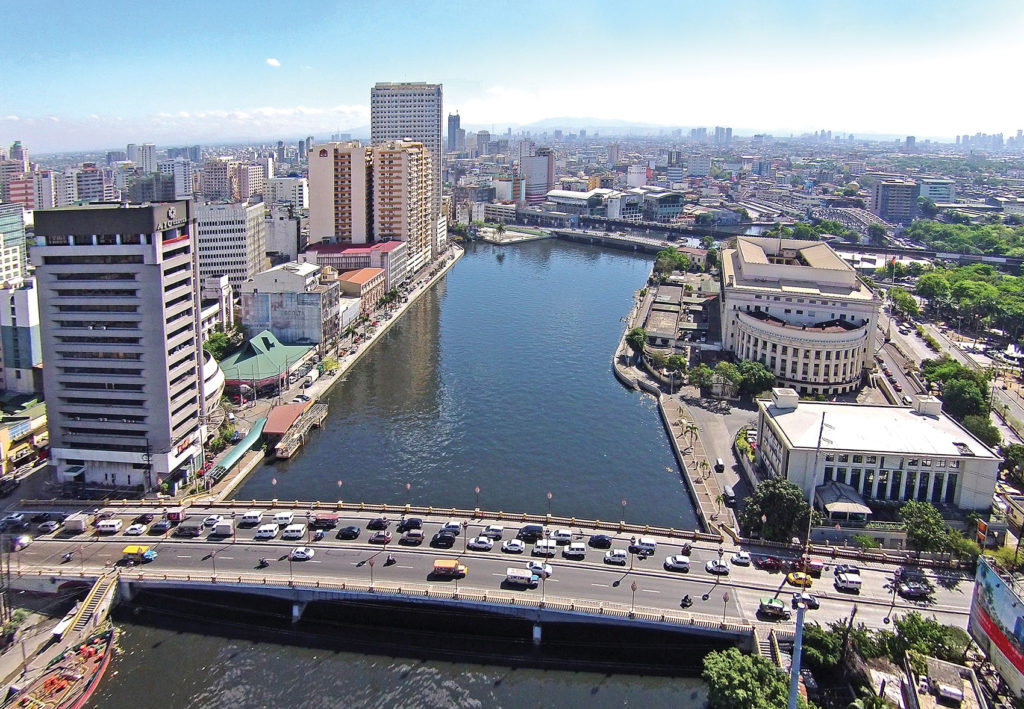Pasig River

In the bustling heart of Metro Manila flows a timeless symbol of history, culture, and identity—the Pasig River. Stretching from the serene shores of Laguna de Bay to the majestic expanse of Manila Bay, this iconic waterway weaves through the fabric of Philippine society, leaving an indelible mark on the landscape and the collective consciousness of its people. In this immersive exploration, we delve into the rich tapestry of cultural significance that surrounds the Pasig, uncovering its profound influence on art, literature, religion, and everyday life.
The Pasig River: A Cultural Nexus:
Before delving into the specifics of why the Pasig River is culturally important, it is essential to understand its geographical and historical context within the Philippine archipelago. Serving as a vital artery for trade, transportation, and sustenance, the Pasig has been the lifeline of Metro Manila for centuries. Its major tributaries, the Marikina River and San Juan River, contribute to its flow and ecological diversity, enriching the surrounding landscape with their own unique characteristics.
Art and Literature:
- Inspiration for Artists: The Pasig River has long been a muse for artists, poets, and writers seeking to capture its beauty and essence on canvas or in prose. Renowned Filipino artists such as Fernando Amorsolo and Juan Luna have depicted the river in their works, immortalizing its timeless charm and allure.
- Literary Legacy: From the verses of national hero Jose Rizal to contemporary novels and short stories, the Pasig River has been a recurring motif in Philippine literature. Rizal’s masterpiece, “Noli Me Tangere,” features poignant scenes set along the banks of the Pasig, highlighting its symbolic significance as a backdrop for social and political commentary.
Religious and Spiritual Significance:
- Devotional Practices: The Pasig holds religious significance for many Filipinos, with various shrines and devotional sites located along its banks. The Guadalupe Shrine, dedicated to Our Lady of Guadalupe, attracts pilgrims and devotees who seek solace and blessings by the river’s sacred waters.
- Cultural Festivals: Throughout the year, the Pasig comes alive with colorful processions, fluvial parades, and cultural festivals that celebrate the religious and spiritual heritage of the Filipino people. Events such as the Feast of the Black Nazarene and the La Naval de Manila pay homage to the river’s role in shaping the country’s religious identity.
Historical and Architectural Heritage:
- Colonial Legacy: The Pasig River bears witness to centuries of colonial rule and conquest, with historic landmarks such as Intramuros and Fort Santiago overlooking its banks. These architectural treasures serve as tangible reminders of Manila’s storied past and cultural heritage.
- Urban Development: As Manila continues to evolve and modernize, the Pasig River remains a focal point for urban development and revitalization efforts. Projects such as the Pasig Rehabilitation Program aim to restore the river’s ecological integrity while preserving its historical and architectural legacy.
Community and Identity:
- Gathering Place: The Pasig River serves as a gathering place for communities along its banks, providing a space for social interaction, recreation, and leisure activities. Waterfront promenades, parks, and cultural centers offer residents and visitors a glimpse into the vibrant tapestry of Filipino culture and identity.
- Sense of Belonging: For many Filipinos, the Pasig River evokes a sense of belonging and connection to their roots, serving as a touchstone for shared memories, traditions, and values. Whether through family picnics, river cruises, or community festivals, the river fosters a sense of camaraderie and unity among its inhabitants.
Conclusion:
In conclusion, the Pasig River stands as a testament to the enduring legacy of Philippine culture and heritage. From its role as a source of inspiration for artists and writers to its significance as a sacred space for religious devotion, the river weaves a tapestry of traditions, beliefs, and experiences that define the Filipino identity.
As we continue to navigate the currents of modernity, let us cherish and preserve the cultural significance of the Pasig for future generations to enjoy. By honoring its rich heritage and embracing its multifaceted legacy, we can ensure that the river remains a beacon of cultural pride and inspiration for centuries to come.
Know More about the Pasig River.
What are The Religious Places of the Pasig River?
When Did The Pasig River Basin Become a Focus?
Where is The Pasig River Located?
Who Were The Key Historical Figures and Civilizations of The Pasig River?
How to Reach Pasig River?




